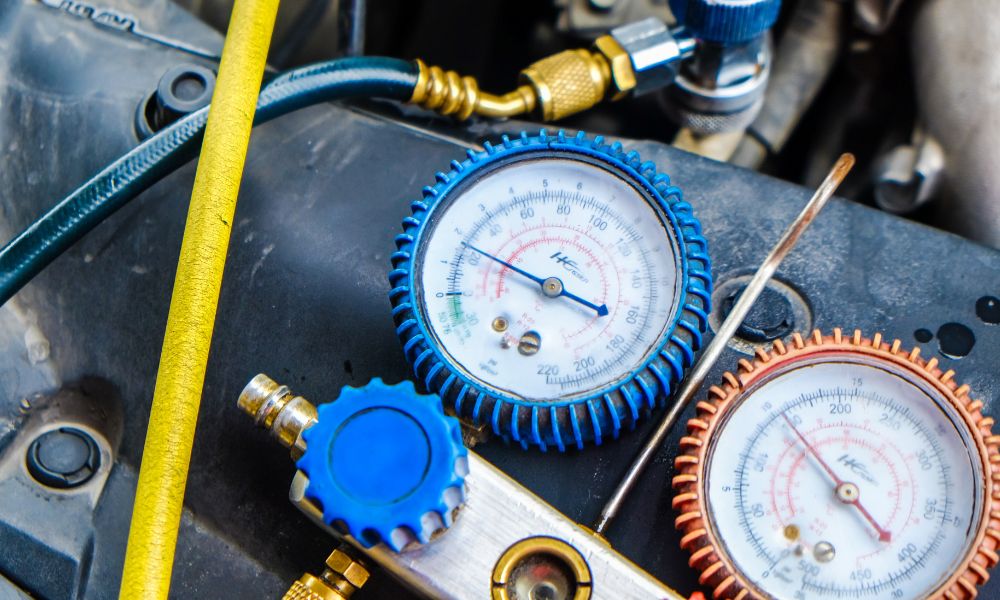In the realm of precision manufacturing, ensuring measurement accuracy is vital to any production process’s success. When it comes to measuring irregular or difficult surfaces, air gaging can play a significant role in providing precise, noncontact measurements. Two commonly used air-gaging tools in manufacturing are air rings and air probes. This article will delve into the differences between these two tools and discuss their respective benefits and applications.
Air Ring: Definition, Benefits, and Applications
An air ring is a circular air gage used to inspect the diameter and roundness of cylindrical parts. The air ring features multiple evenly spaced vents on its inner circumference, releasing a compressed air stream onto the measured surface. The back pressure caused by the air escaping between the ring and the part is recorded and converted into a dimensional reading.
The primary benefits of air rings include:
- Non-contact measurements, which ensure that delicate or sensitive surfaces are not damaged during inspection
- Accuracy and repeatability, making them suitable for measuring very tight tolerances
- Quick, easy, and reliable operation, even in harsh environments or when dealing with contaminants such as cutting fluids
Common applications for air rings include measuring:
- External diameters of machine parts, such as shafts and spindles
- Diameter and roundness of cylindrical workpieces, such as rollers and gears
- Other air gages during their calibration processes
Air Probe: Definition, Benefits, and Applications
An air probe consists of a long, slender stem with one or more precisely machined vents that expel the compressed air stream onto the surface being measured. The probe is inserted into the part, where the back pressure generated by the air gap between the probe and the part is recorded to convert into dimensional data.
The key benefits of using air probes are:
- Capable of measuring complex and intricate geometries or deep, narrow channels and grooves
- Providing accurate and repeatable measurements for challenging workpiece surfaces
- Offering flexibility in terms of configuration and mounting options
Air probes are ideal for various applications, including:
- Measuring internal bores and grooves, such as those found in engine parts, hydraulic components, and fasteners
- Inspecting the diameter and roundness of small, delicate components, such as medical devices or electronic parts
- Assessing surface finish and parallelism of mating components like rotors, stators, and pump casings
Choosing Between Air Rings and Air Probes
Since the benefits of air rings and probes are essentially the same, the choice between them depends on the specific measurement requirements and the geometry of the workpiece. For measuring external diameters or roundness, air rings are typically the preferred choice. However, for internal measurements or assessing intricate and complex geometries, the air probe offers greater flexibility and versatility.
Ultimately, understanding the differences between air rings and air probes will help manufacturers ensure they are selecting the right tool for their dimensional measurement needs. Still, no matter which air-gaging tool you need, Air Gaging LLC is here to provide you with the best options currently available. Check out the rings and probes we have in stock today.

